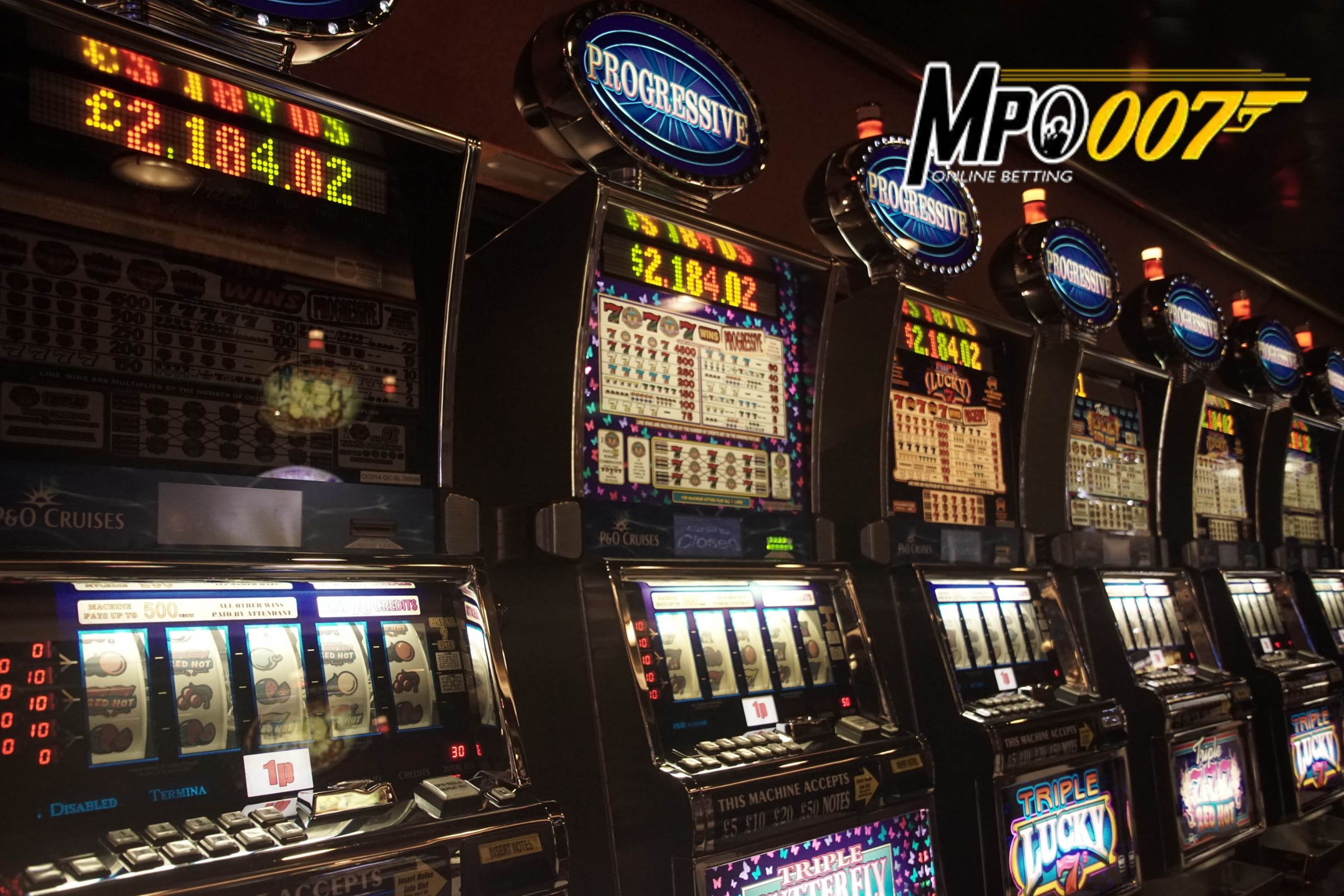Poker is a game of chance, but that doesn’t mean you can’t be prepared! Learning some key poker terms will help you feel more confident at the table and could even give you a leg up on the competition. Here’s a quick explanation of some common poker terms to get you started:
All-in: When a player bets all of their chips on a hand, they are said to be “all-in.”
Blinds: The blinds are the forced bets in poker. In most games, there are two blinds – the small blind and the big blind. The small blind is typically half of the big blind.
Button: The button is a marker that indicates which player is the dealer for that hand. The player to the left of the button is the small blind, and the player to their left is the big blind. The button moves clockwise around the table after each hand.
Call: When a player matches the current bet, they are said to “call.”
Check: When a player doesn’t want to bet but still wants to stay in the hand, they “check.”
Fold: If a player doesn’t want to match the current bet, they can “fold” and give up their hand.
Pot: The pot is all of the chips that have been bet on a single hand. The player who wins the hand takes all of the chips in the pot.
Raise: When a player raises, they increase the current bet. The next player then has the option to call, raise, or fold.
What are common poker tells?
Poker tells are physical or verbal cues that give other players information about your hand. They can be helpful in both online and offline poker games, but only if you know how to read them.
Some common poker tells include:
Body language: Your body language can be a powerful poker tell. If you’re nervous or excited about your hand, it will show in your posture, facial expressions, and even the way you move your chips.
Betting patterns: Pay attention to how your opponents bet when they have strong and weak hands. If they bet big when they have a good hand, and small when they have a bad hand, that’s a tell.
Table talk: What your opponents say (or don’t say) can also be telling. If someone is chatty when they have a good hand, and quiet when they have a bad hand, that’s a tell.
The key to reading poker tells is to pay attention to patterns. If you see a player exhibiting the same tell consistently, you can use that information to make better decisions at the table.
What is the Meaning of Big Blind and Small Blind in Poker?
In poker, the small blind and big blind are the two forced bets that are made before the flop is dealt. The small blind is typically half the size of the big blind, although this can vary depending on the stakes and betting structure of the game. The small blind is posted by the player to the left of the dealer, while the big blind is posted by the player two to the left of the dealer.
The purpose of the small blind and big blind is to generate action and get players interested in the pot. Without these forced bets, players would have no reason to start betting and the game would grind to a halt. The small blind and big blind also help to ensure that there is always something at stake in every hand, even if no one has yet chosen to voluntarily bet.
The size of the small blind and big blind will vary depending on the stakes of the game. In a low-stakes game, the small blind might be $1 and the big blind $2. In a high-stakes game, the small blind could be $100 and the big blind $200.
The small blind is typically half the size of the big blind because it is considered a more advantageous position to be in. The player in the small blind has already invested less money in the pot than the player in the big blind, so they have less to lose if they decide to fold. The player in the small blind also gets to see all of the other players’ hands before they have to make their own decision, which gives them a better idea of what everyone is holding.
The disadvantage of being in the small blind is that you are first to act on all streets except for preflop. This means that you are at a disadvantage when it comes to information; you have to make your decisions without knowing what everyone else is going to do.
The big blind is considered a less advantageous position because you are last to act on all streets except for preflop. This gives all of the other players a chance to see what you do before they have to make their own decisions, which puts you at a disadvantage. However, being last to act also has its advantages; you get to see how everyone else plays their hand before you have to make your own decision, which can give you an advantage.
The size of the small blind and big blind will also affect how often hands are played. In a low-stakes game with a small buy-in, most players will be able to afford to see a lot of flops (the first three community cards). This means that there will be more hands played and more pots won. In a high-stakes game with a large buy-in, fewer players will be able to afford to see a lot of flops, which means that there will be fewer hands played and more pots won by players who choose their starting hands carefully.




